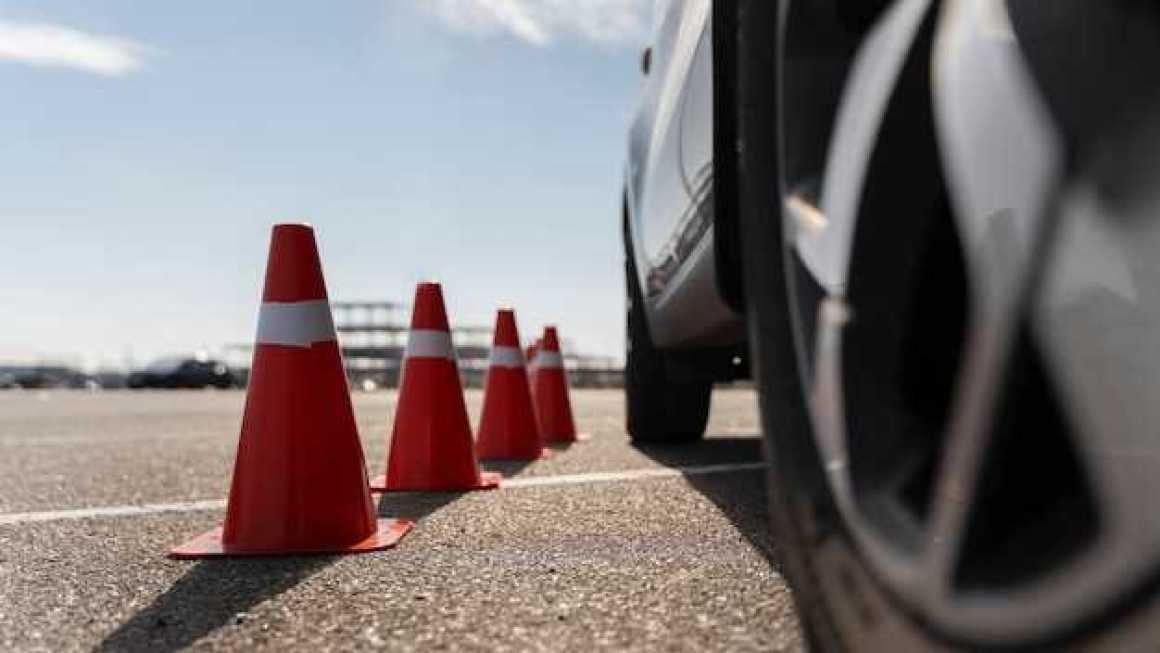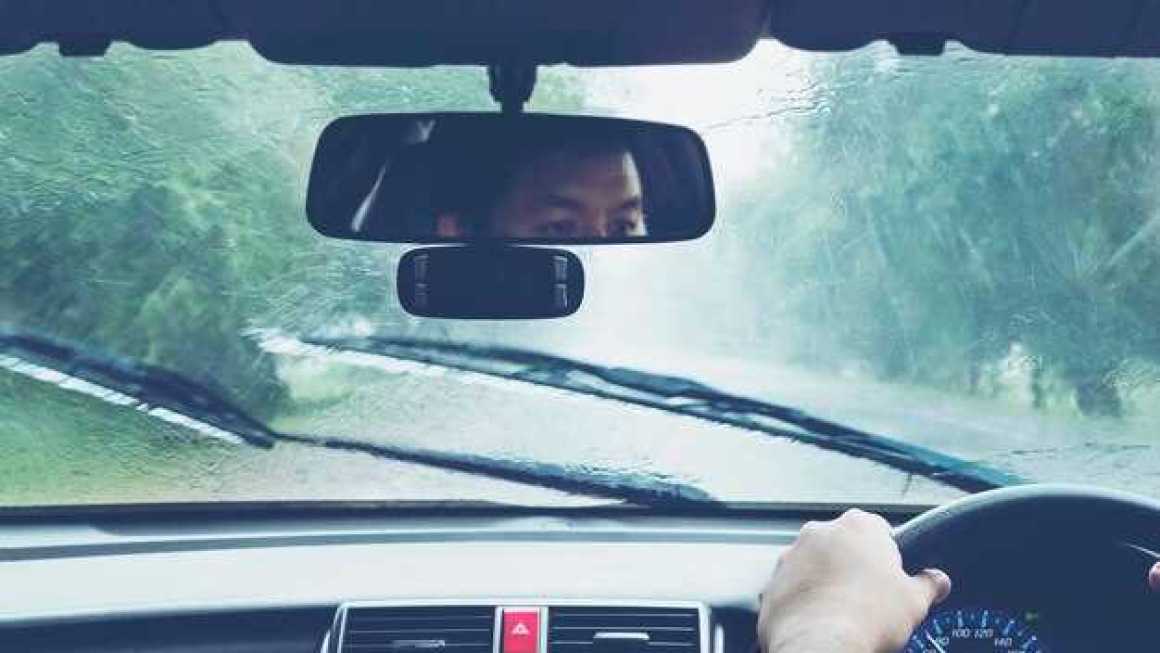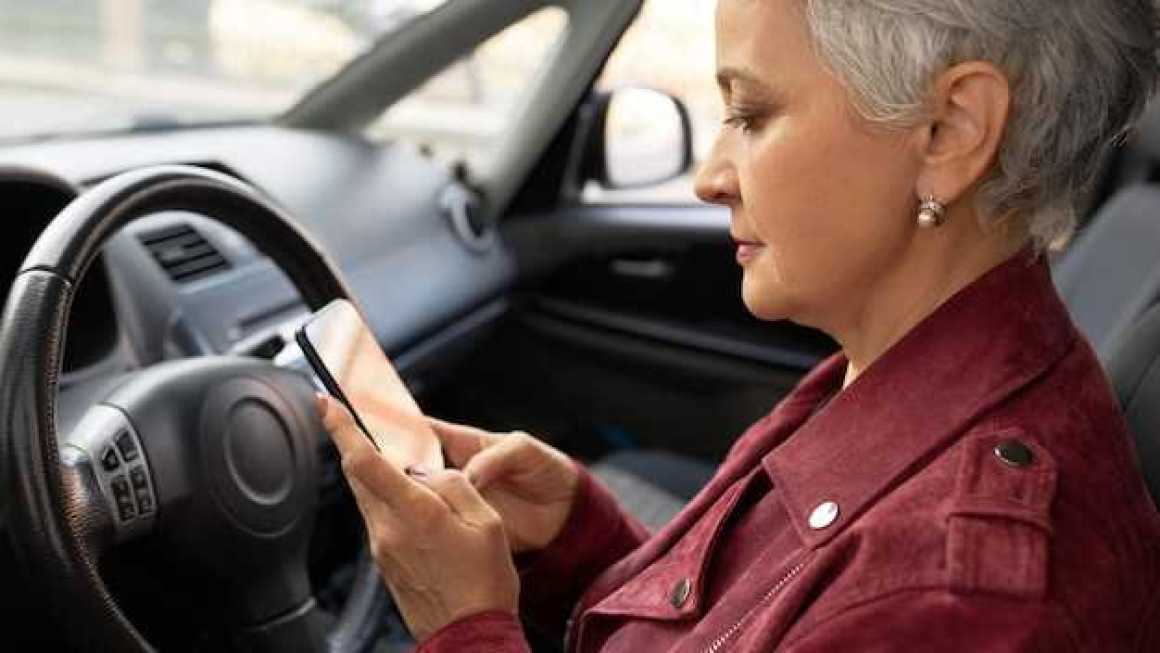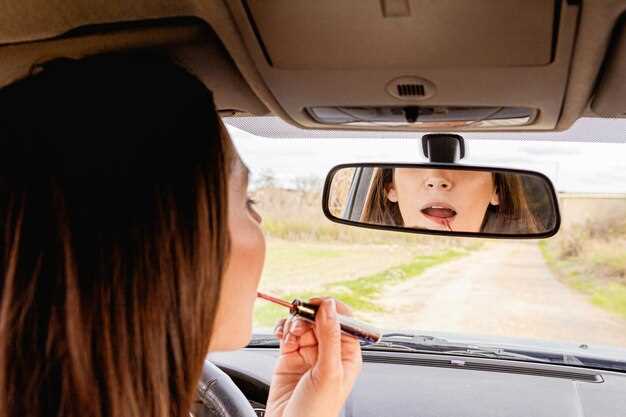
Properly adjusting your car mirrors is a crucial step for enhancing safety while driving. Many drivers underestimate the significance of an effective mirror setup, often leaving themselves vulnerable to dangers lurking in blind spots. This article delves into the best practices for mirror adjustment, ensuring you have the optimal view of your surroundings.
When it comes to driving, awareness is key. Your mirrors play a vital role in providing essential visibility, but merely having them in place isn’t enough. The challenge is in achieving the perfect adjustment that eliminates blind spots, which can often lead to accidents. Understanding how to position your mirrors correctly can dramatically improve your overall safety on the road.
The right adjustment techniques can vary between vehicles, yet the underlying principles remain the same. By adjusting your side mirrors outward and tilting them appropriately, you can expand your field of vision and minimize the number of spots that escape your view. This simple yet effective method is an essential practice for every responsible driver.
Step-by-Step Guide to Properly Adjusting Side Mirrors
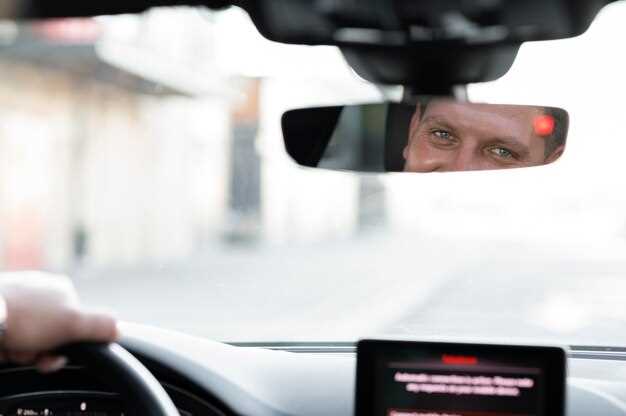
Proper adjustment of side mirrors is essential for ensuring safety while driving. A well-adjusted mirror can significantly reduce blind spots and enhance visibility. Follow these steps to achieve the best mirror positioning:
-
Start with your seat position: Ensure your driver’s seat is adjusted to a comfortable position before you adjust the mirrors. This will help in achieving the correct view from your mirrors.
-
Adjust the driver’s side mirror:
- Lean your head towards the driver’s side window.
- Adjust the mirror until you can see the back of your vehicle’s rear door handle in the mirror’s reflection.
- This setup minimizes blind spots on the driver’s side.
-
Adjust the passenger side mirror:
- Lean your head towards the center console.
- Move the mirror until the back of your vehicle’s rear door handle is visible as well.
- This position helps cover the blind spots on the passenger side.
-
Test your adjustments:
- After making adjustments, take a moment to check your visibility.
- From your seated position, ensure you can see vehicles approaching from behind and alongside you.
- Verify that each mirror covers as much area as possible without being too wide.
-
Final check before driving: Before starting your journey, ensure that both mirrors allow you to see at least part of the rear of your vehicle and that there are no large blind spots left uncovered.
By following these steps for mirror adjustment, you can enhance your safety on the road and drive with greater confidence.
Identifying and Minimizing Blind Spots for Safer Driving
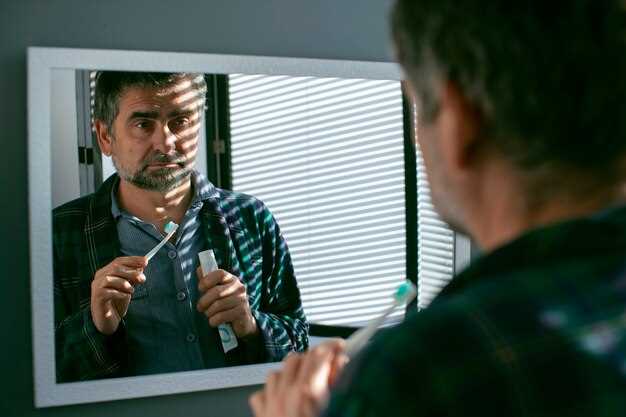
Blind spots are areas around your vehicle not visible through standard mirrors, posing a significant risk when changing lanes or merging. Properly identifying these areas is crucial for enhancing safety on the road. Start by understanding the common locations where blind spots occur. These are typically found on either side of the car, particularly behind the rear windows and alongside the vehicle. The adjustment of mirrors plays a vital role in reducing these blind spots.
To minimize blind spots, adjust your side mirrors outward to provide a wider field of view. A commonly recommended technique is the “BGE” method, which involves positioning the driver’s side mirror so that the edge of the car is barely visible. This adjustment allows you to see more of the lane beside you. Similarly, adjust the passenger-side mirror in the same manner. This alignment will help you catch potential hazards that would otherwise remain hidden.
Additionally, becoming familiar with your vehicle’s dimensions and practicing awareness while driving can significantly enhance safety. Utilizing technology such as blind-spot detection systems, if available in your car, can further assist in minimizing risks. Regularly checking your mirrors, turning your head to look at blind spots before making maneuvers, and maintaining a safe distance from other vehicles are essential practices for comprehensive safety.
In conclusion, identifying and minimizing blind spots through careful mirror adjustment and driving habits can greatly improve your safety on the road. Implementing these strategies will not only protect you but also contribute to the overall safety of all road users.
Additional Techniques for Enhancing Rearview Mirror Visibility
Ensuring optimal visibility through your rearview mirror is crucial for safe driving experiences. While adjusting the mirror position is a fundamental step, there are several additional techniques that can further enhance visibility and improve safety on the road.
Firstly, consider the use of anti-glare mirror technology. Many modern vehicles come equipped with mirrors that reduce the effects of headlight glare from vehicles behind you. This feature can significantly improve your visibility during nighttime driving, allowing for safer maneuvers.
Additionally, utilizing blind spot mirrors can be immensely beneficial. These small, convex mirrors attach to your side mirrors and expand your field of vision. By incorporating these into your driving routine, you can effectively monitor areas that are typically obscured, enhancing your overall safety.
Another effective technique is to keep your mirrors clean and free of obstructions. Regularly wiping your mirrors with a microfiber cloth ensures that dirt and smudges do not impede your view. Remember that even a slight obstruction can obscure critical sightlines, compromising safety.
It’s also advisable to periodically reassess your mirror settings as your driving habits or vehicle load changes. A fully loaded vehicle or a change in passengers may affect your ability to see clearly, necessitating a readjustment of your mirrors for optimal visibility.
Lastly, practicing proper head movement is vital. While mirrors provide valuable perspective, complementing your visual checks with shoulder checks can catch potential hazards that mirrors might miss. This habit reinforces awareness of your surroundings, ensuring a safer driving experience.

